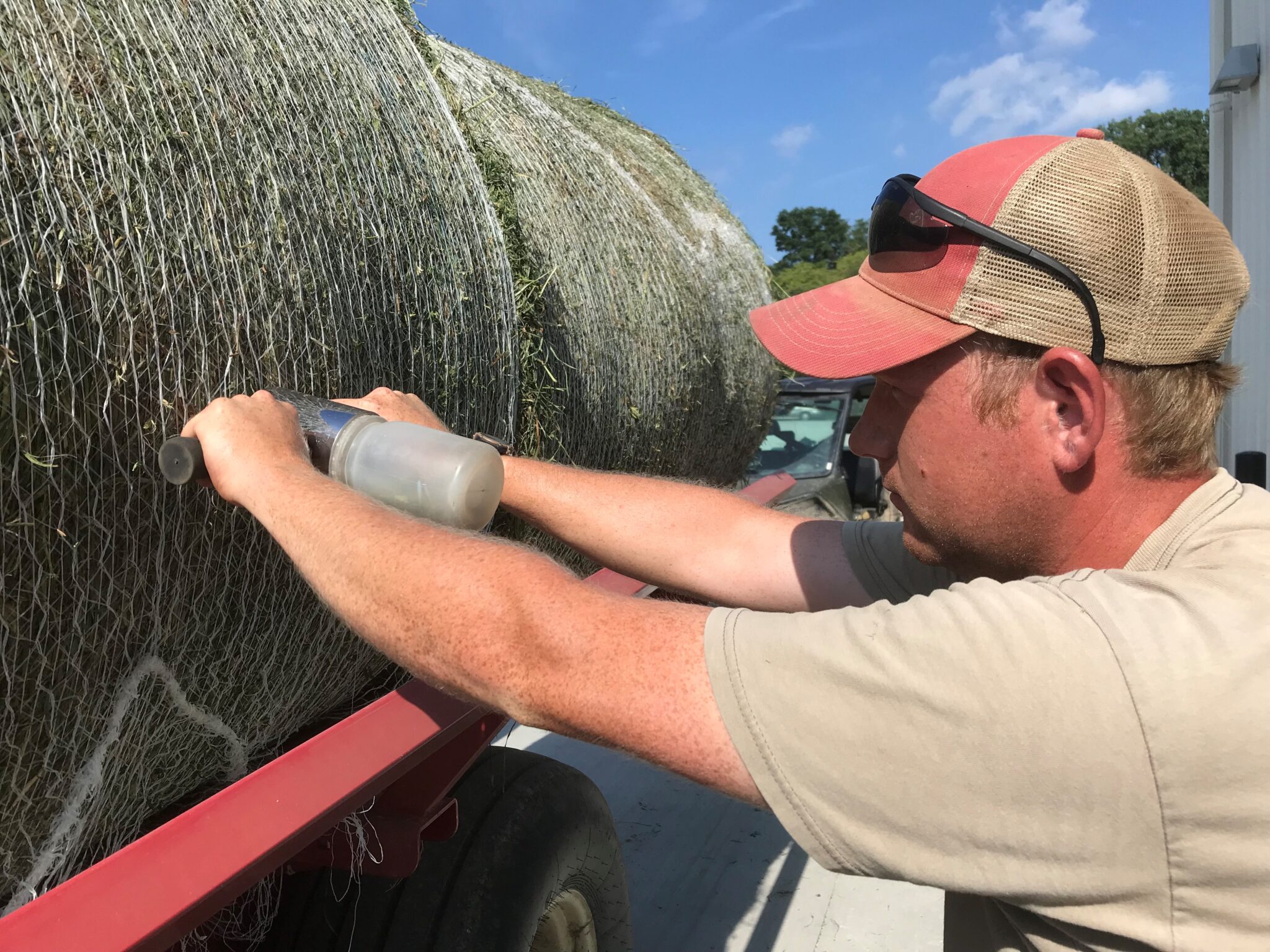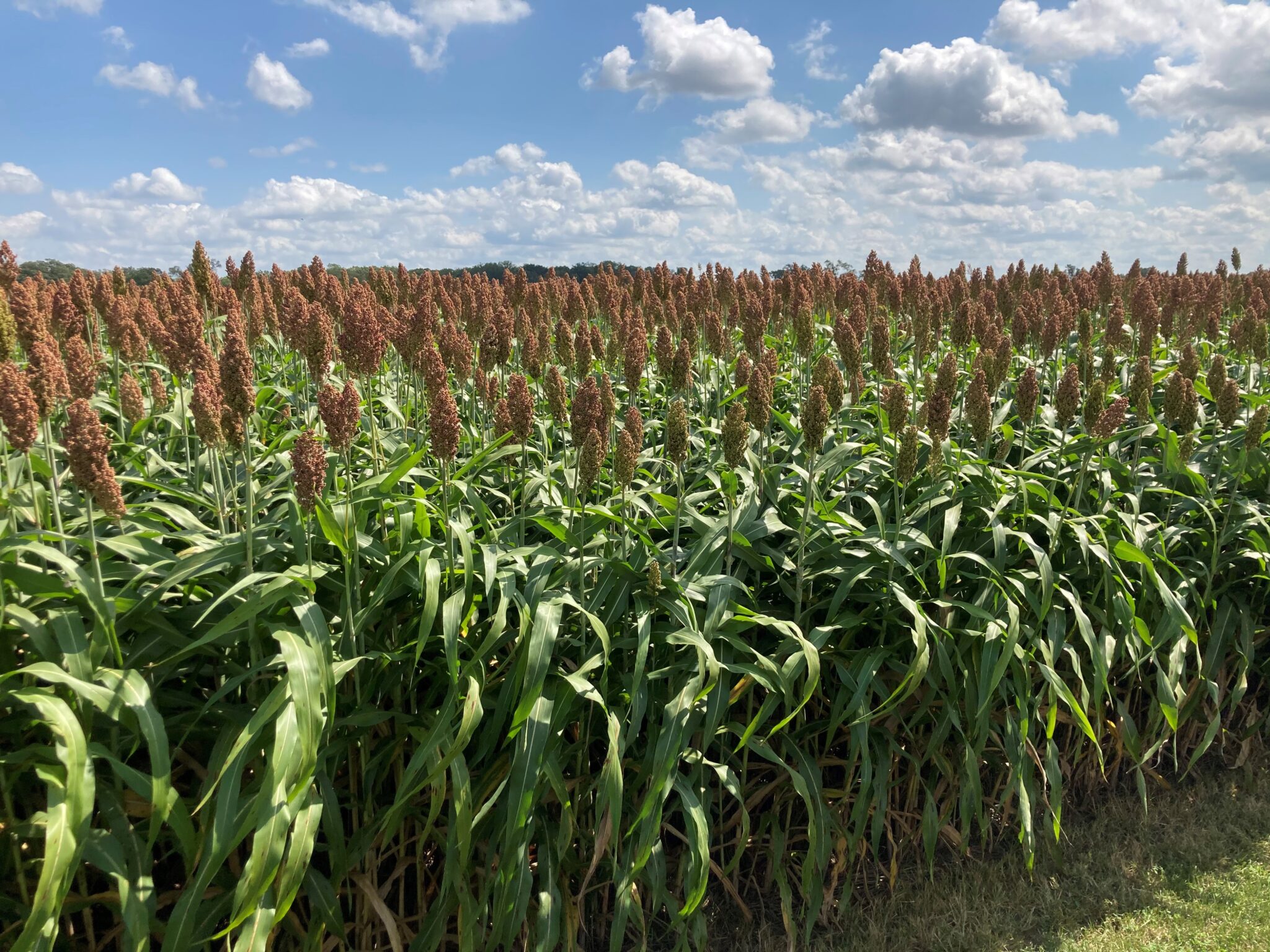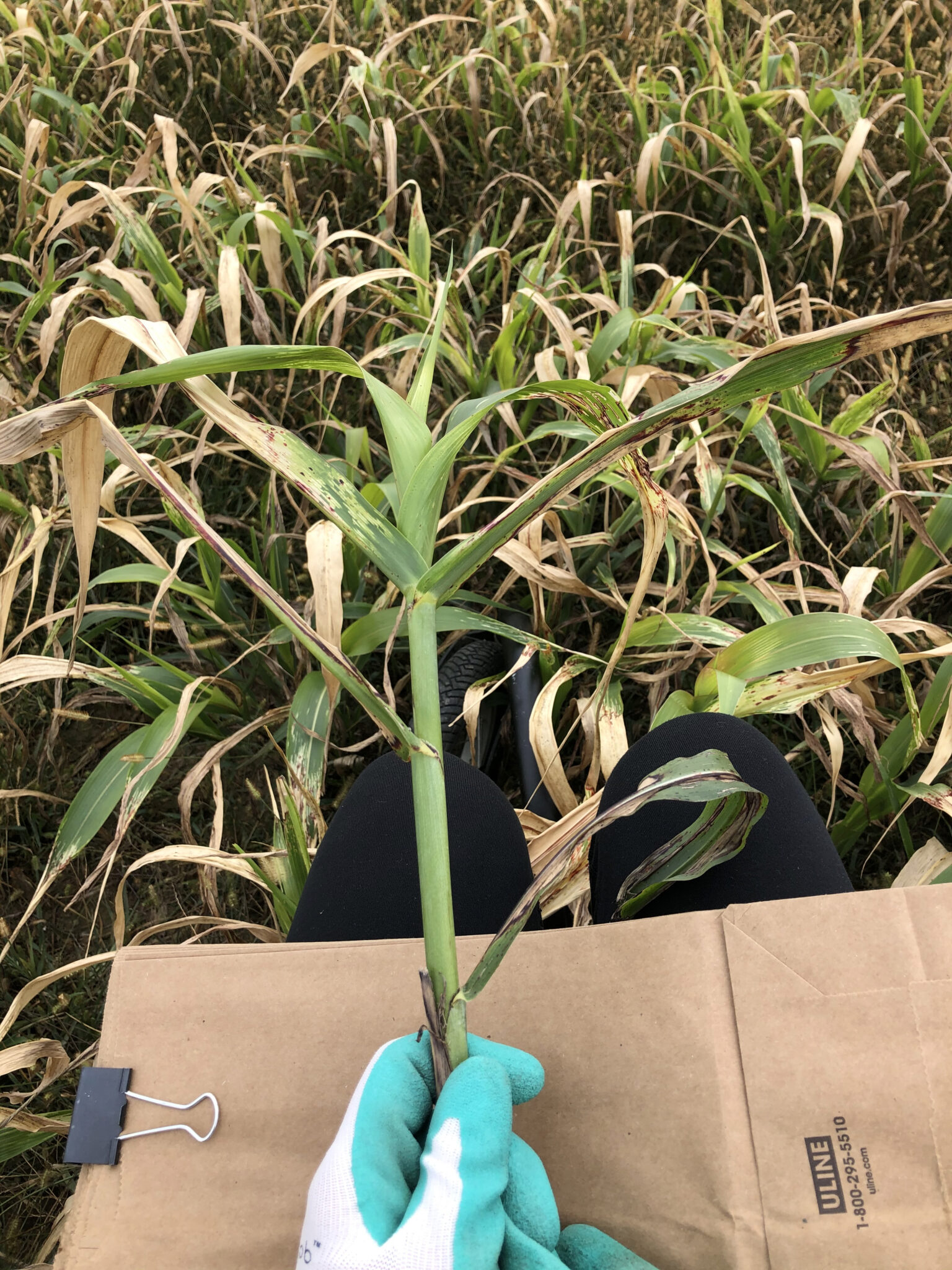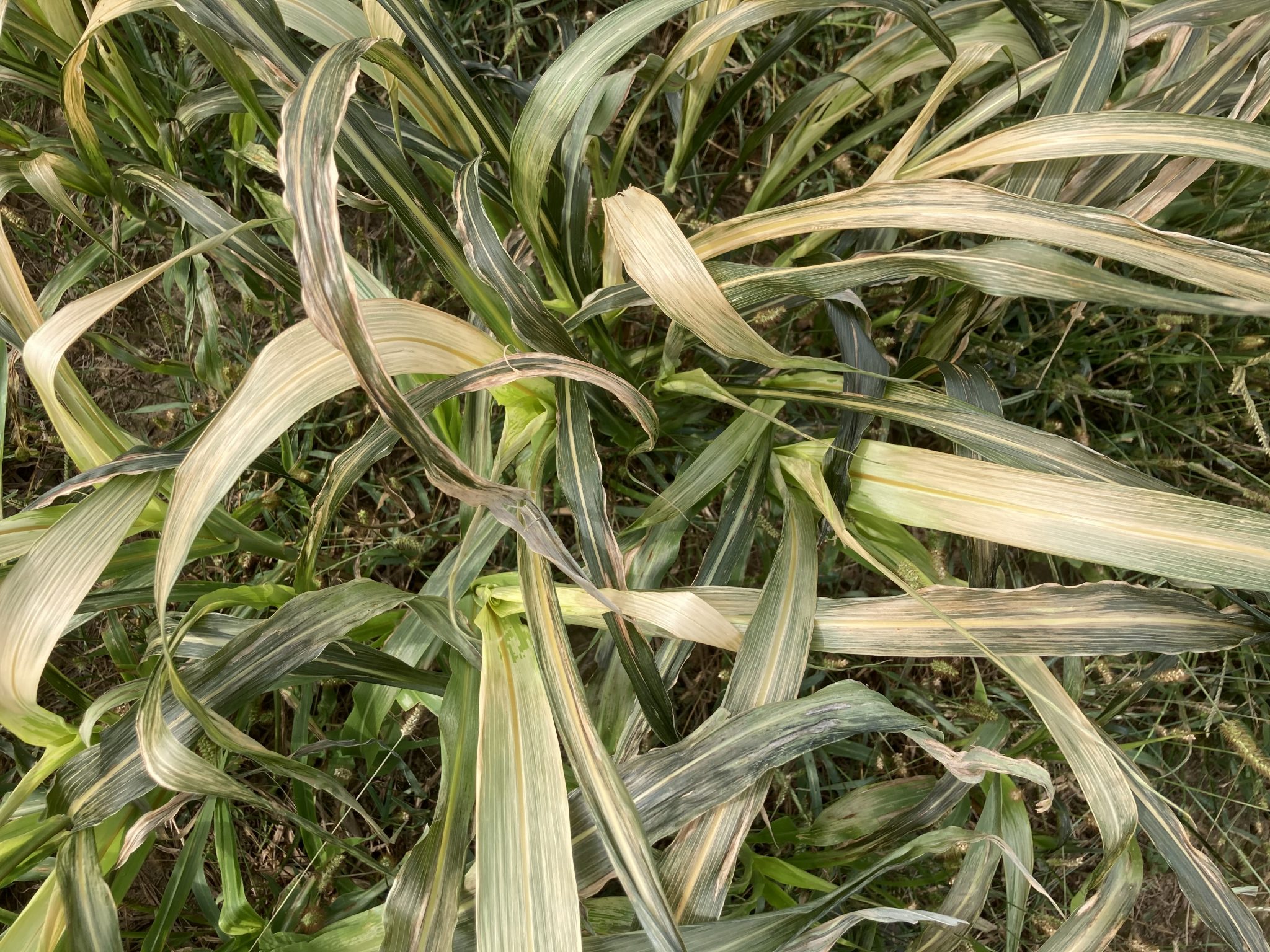
Diverse types of sorghum provide many opportunities for use as a valuable forage resource. Sudangrass and sorghum x sudangrass provide valuable grazing opportunities in the summer months; they can also be ensiled as traditional chopped silage and baleage. Forage sorghum is a good alternative to corn silage, particularly on droughty soils and where the tar spot fungus has been problematic on corn. A news release regarding the forage sorghum field day to be held on September 10 was prepared by Ashvini Malshe with Purdue Agricultural Communications follows. Please share the opportunity with others about the field day. WEST LAFAYETTE, Ind. – Purdue University Extension will host a Forage Sorghum Field Day on September 10 at the Feldun-Purdue Ag Center (FPAC) in Bedford, Indiana. “Compared to corn, forage sorghum has attributes of being more drought tolerant, has less nitrogen requirements and no host relationship with the tar spot pathogen,” said Keith[Read More…]






